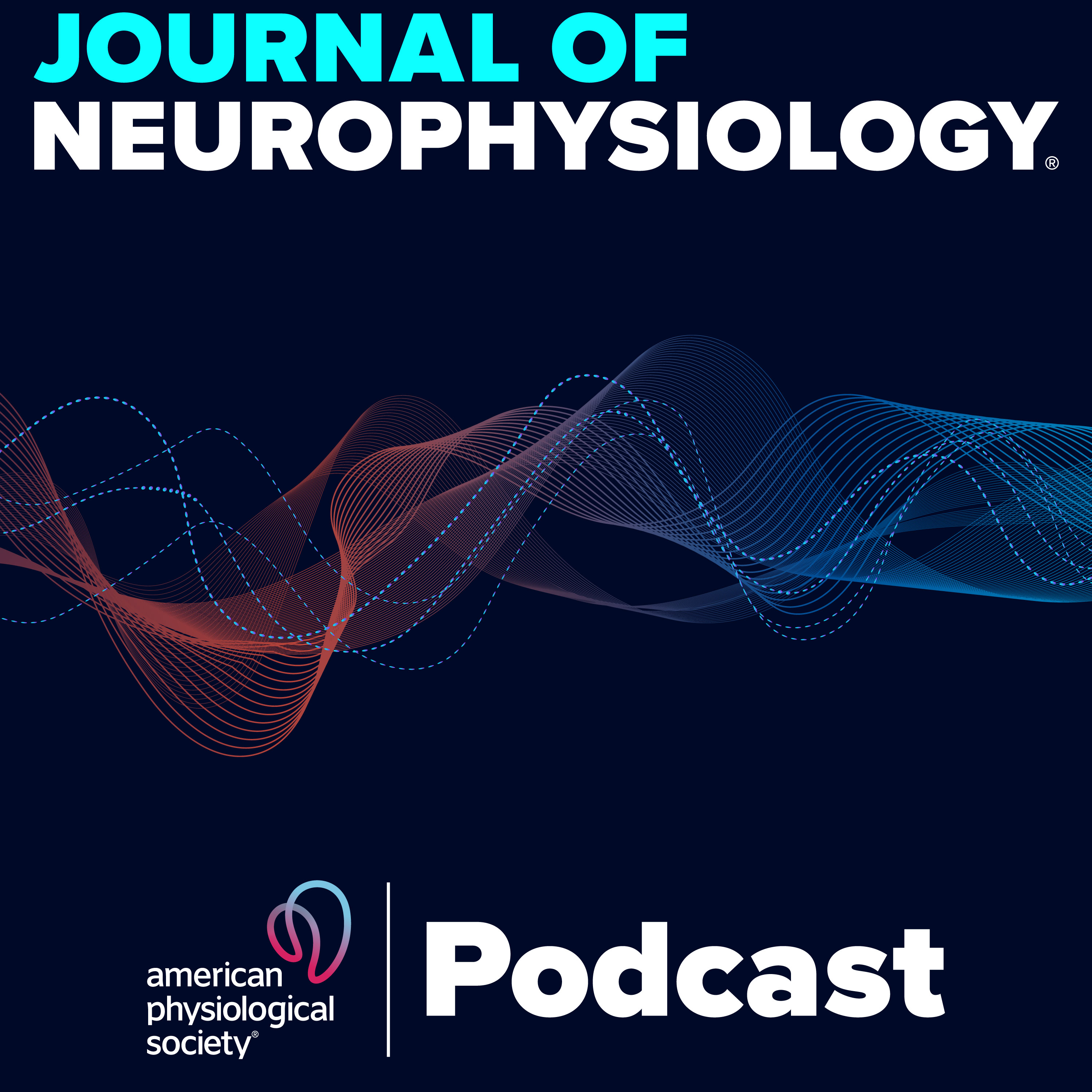Episodes
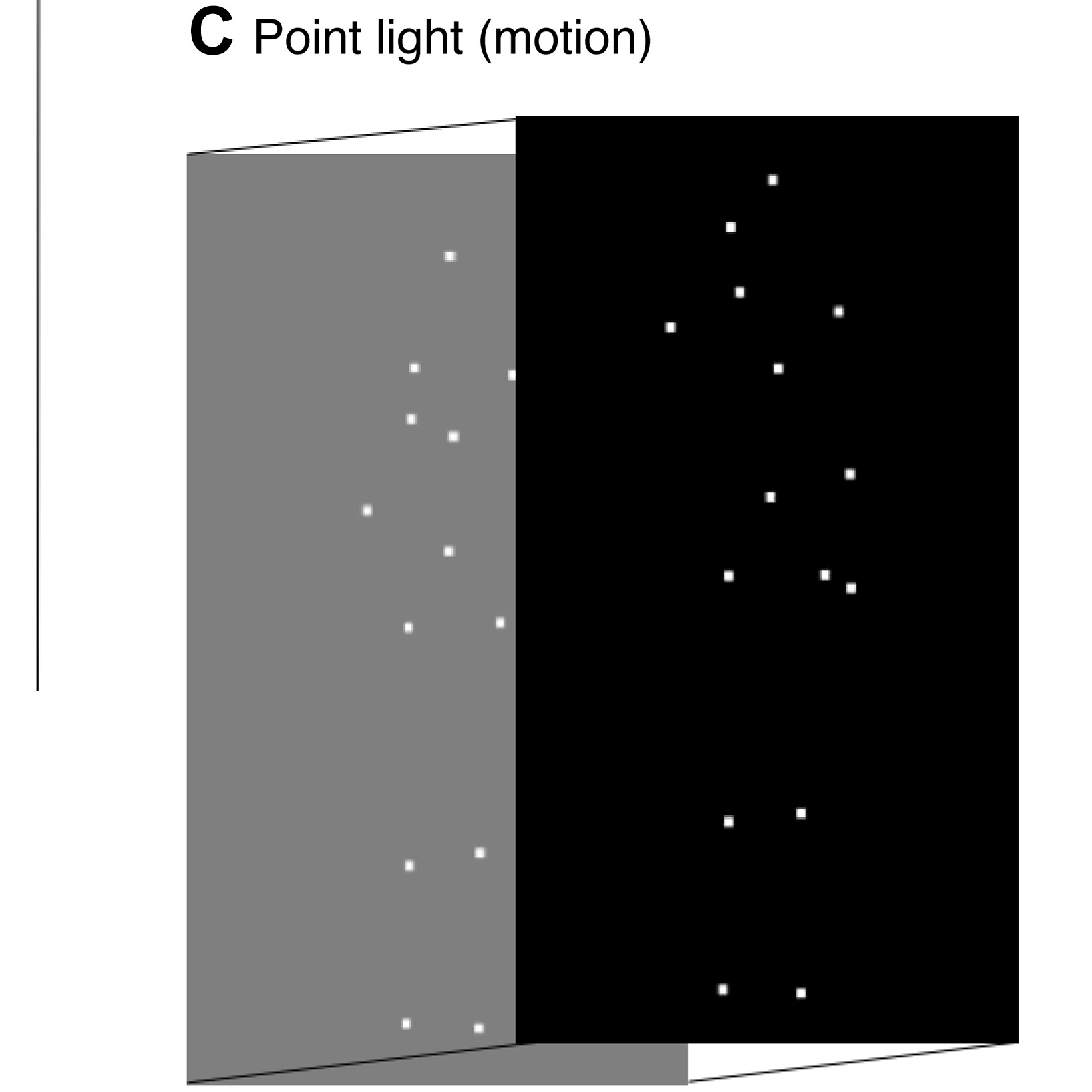
Friday Feb 16, 2018
Neural computations for action recognition
Friday Feb 16, 2018
Friday Feb 16, 2018
What neural computations play a role in allowing the visual system to recognize similar actions from different persepectives? In this podcast, Editor-in-Chief Bill Yates (University of Pittsburgh) talks with Dr. Leyla Isik (MIT) about a new study which uses neural imaging and computational modeling to investigate the ways that defined actions are encoded across changes in viewpoint. Listen to learn about complex visual transformations, computer vision algorithms, the importance of neural timing, and more!
A fast, invariant representation for human action in the visual system
Leyla Isik, Andrea Tacchetti, and Tomaso Poggio
Journal of Neurophysiology, published online February 13, 2018.
DOI: 10.1152/jn.00642.2017.
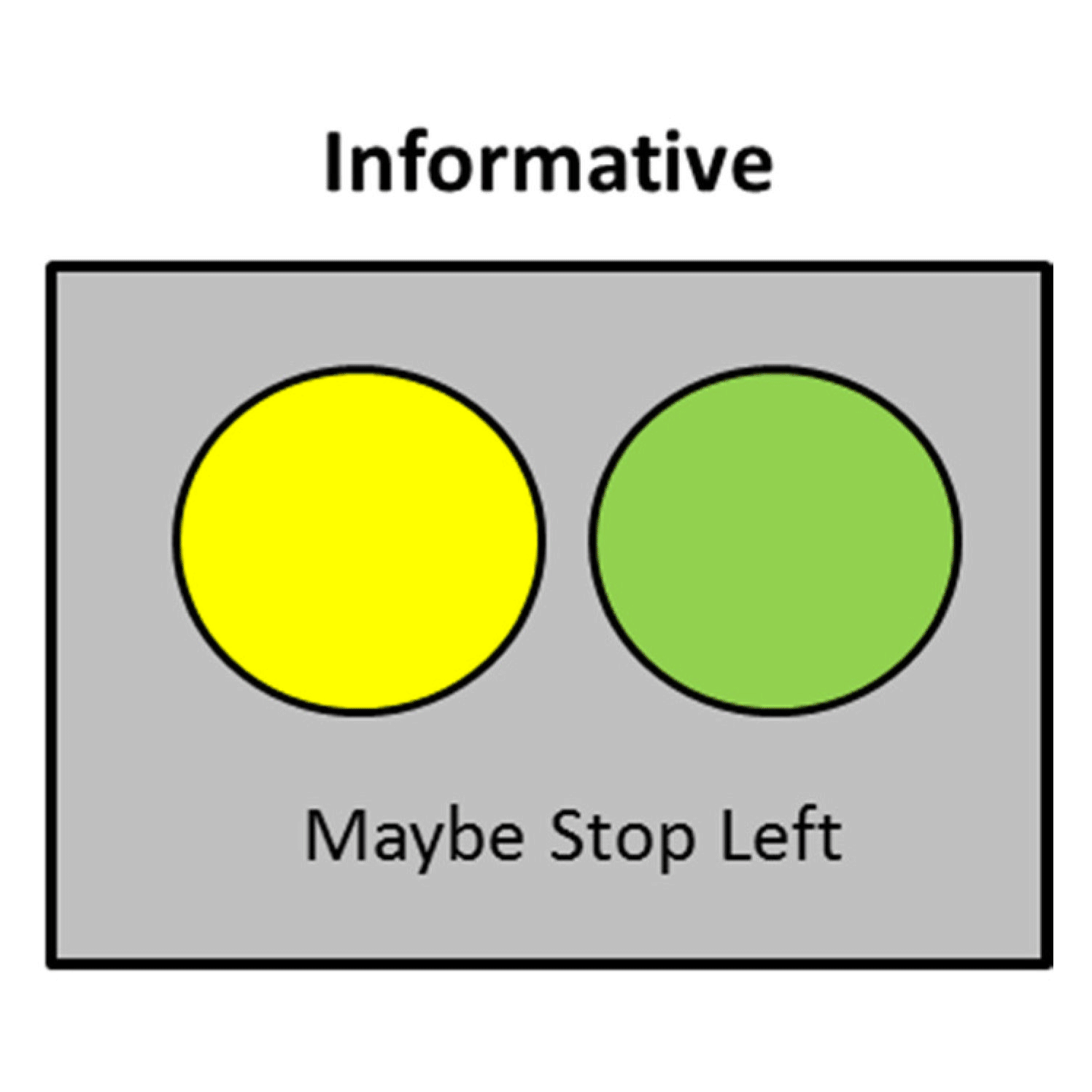
Tuesday Feb 13, 2018
Response inhibition in M1
Tuesday Feb 13, 2018
Tuesday Feb 13, 2018
What happens in primary motor cortex inhibitory networks when movement cancellation is forewarned vs. unexpected? In this podcast, Editor-in-Chief Bill Yates (University of Pittsburgh) talks with Matthew Cowie, Dr. John Cirillo, and Dr. Winston Byblow (all from the University of Auckland) about a new study which uses informative and uninformative cues along with TMS to investigate long- and short-interval intracortical inhibition during response inhibtion tasks. Listen to learn about the paradigms used, the role of GABA, and more!
Response inhibition activates distinct motor cortical inhibitory processes
John Cirillo, Matthew J. Cowie, Hayley J. MacDonald, Winston D. Byblow
Journal of Neurophysiology, published online December 6, 2017.
DOI: 10.1152/jn.00784.2017.
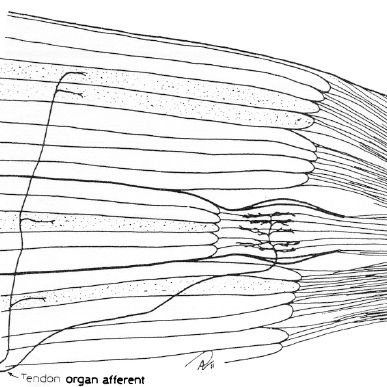
Monday Feb 05, 2018
Updating the role of force feedback in the spinal cord
Monday Feb 05, 2018
Monday Feb 05, 2018
What role does force feedback from Golgi tendon organs play in regulating mechanics during voluntary limb movement? Within the spinal cord, force feedback has excitatory and inhibitory components that co-exist in various combinations based on motor task and integrated with length feedback at the pre-motoneuronal and motoneuronal levels. In this podcast, Editor-in-Chief Bill Yates (University of Pittsburgh) talks with Dr. Richard Nichols (Georgia Tech) about a new review article which explores recent research on distributed force feedback and motor control. Listen to learn about historical views, new results, and future work in this important area!
Distributed force feedback in the spinal cord and the regulation of limb mechanics
T. Richard Nichols
Journal of Neurophysiology, published online December 6, 2017. DOI: 10.1152/jn.00216.2017.
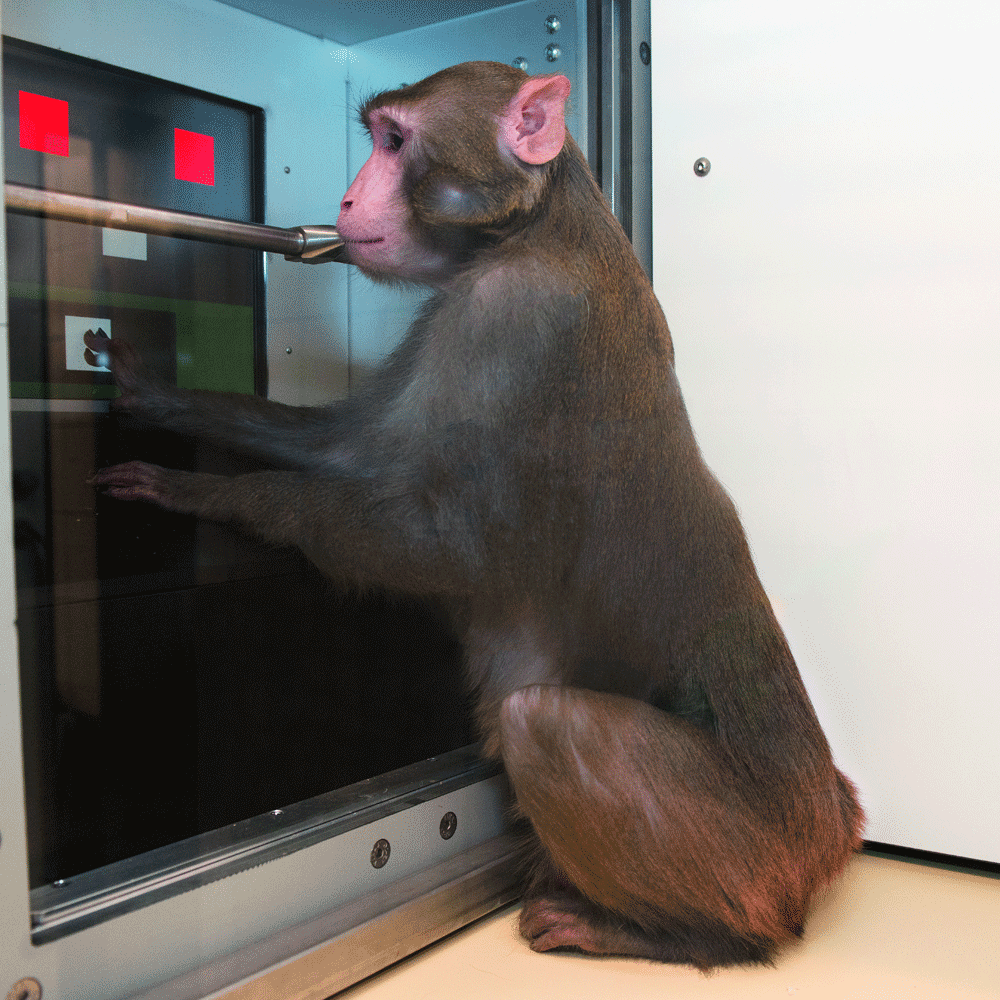
Friday Jan 26, 2018
A new paradigm for training rhesus monkeys
Friday Jan 26, 2018
Friday Jan 26, 2018
Standardized training protocols are necessary in all animal research. However, new technology has allowed automation of training protocol, guaranteeing a greater degree of control and standardization than ever before. In this podcast, Editor-in-Chief Bill Yates (University of Pittsburgh) talks with Dr. Michael Berger (German Primate Center), Dr. Antonino Calapai (German Primate Center), and Dr. Valeska Stephan (German Primate Center) about their new across-task unsupervised training (AUT) paradigm for rhesus monkeys in neuroscience research settings. Listen to learn about a recent study on the effectiveness, benefits, and challenges of using the AUT.
Standardized automated training of rhesus monkeys for neuroscience research in their housing environment
Michael Berger, Antonino Calapai, Valeska Stephan, Michael Niessing, Leonore Burchardt, Alexander Gail, and Stefan Treue
Journal of Neurophysiology, published online November 15, 2017. DOI: 10.1152/jn.00614.2017.
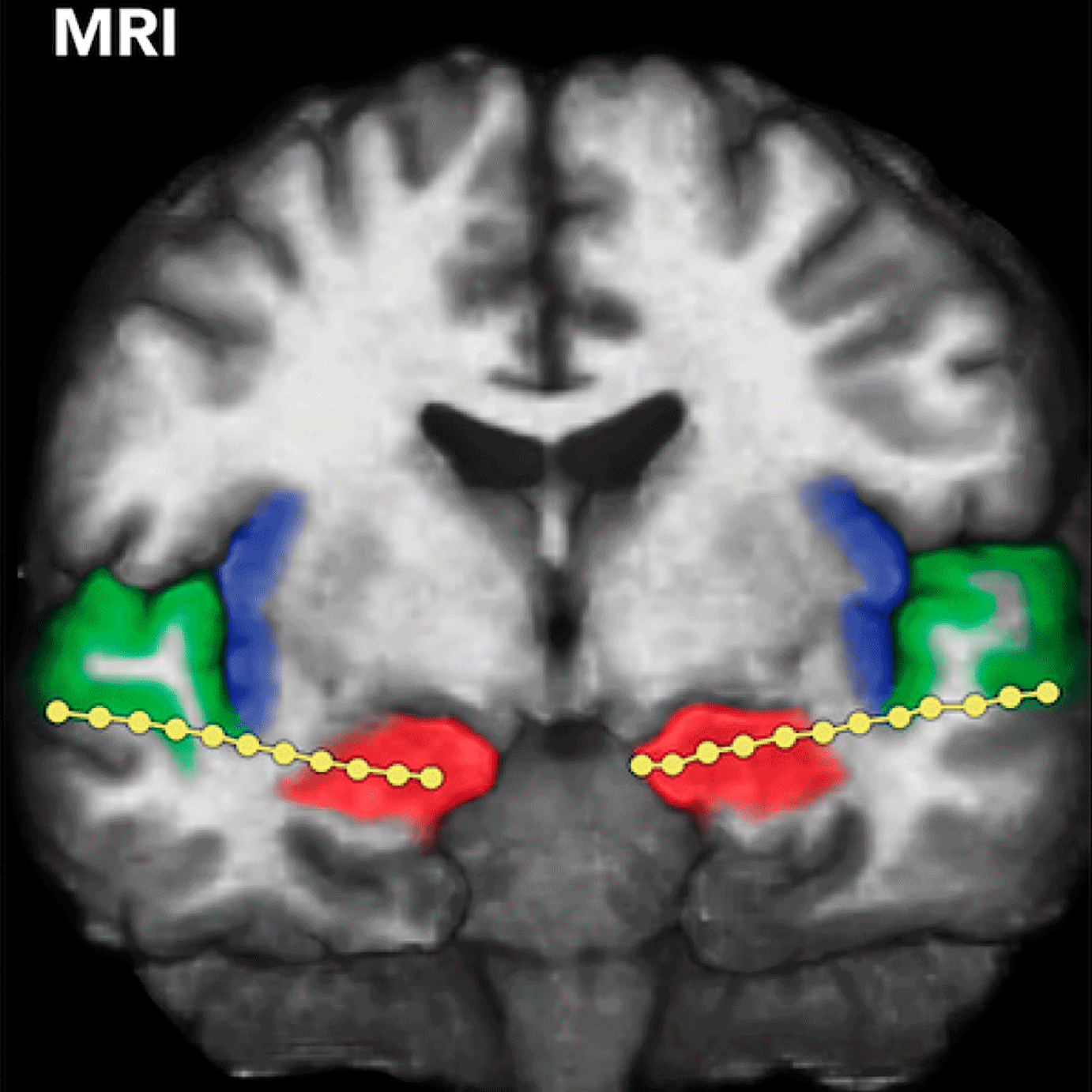
Wednesday Jan 24, 2018
Breathing above the brain stem
Wednesday Jan 24, 2018
Wednesday Jan 24, 2018
What neural circuitry is engaged in the conscious control of breathing? While most neurophysiological research on breathing focuses on the automatic control in the brainstem, a recently-published study provides a novel look at the tracking of the breathing cycle in widespread cortical and limbic sites in humans. In this podcast, Editor-in-Chief Bill Yates (University of Pittsburgh) talks with authors Dr. Jose Herrero (Northwell Health; Feinstein Institute for Medical Research) and Dr. Ashesh Mehta (Northwell Health; Feinstein Institute for Medical Research) about their work. Listen to learn about the recording methods employed, the types of activity discovered, and the implications for volitional control and awareness of breathing.
Breathing above the brain stem: volitional control and attentional modulation in humans
Jose L. Herrero, Simon Khuvis, Erin Yeagle, Moran Cerf, and Ashesh D. Mehta
Journal of Neurophysiology, published online January 3, 2018. DOI: 10.1152/jn.00551.2017.
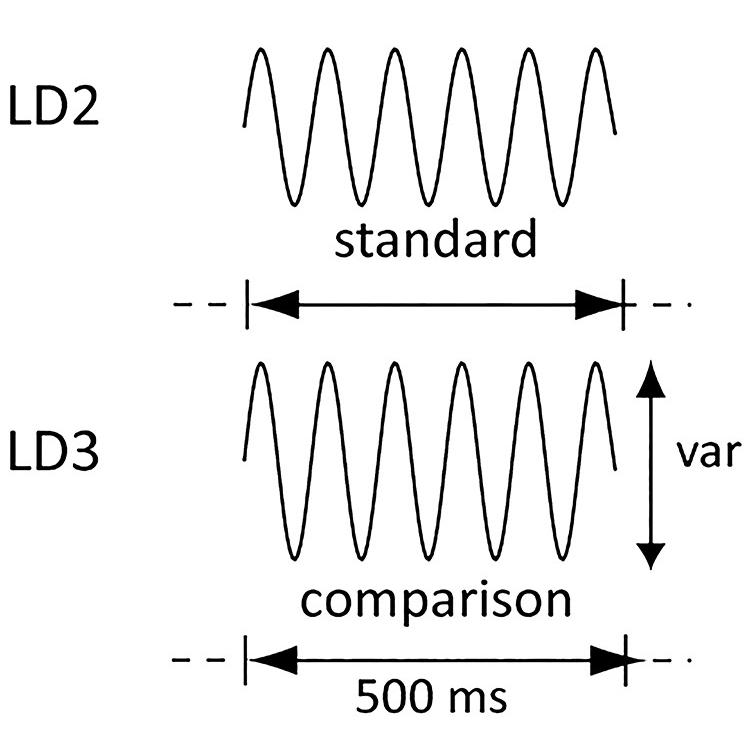
Tuesday Jan 09, 2018
ADHD and tactile processing
Tuesday Jan 09, 2018
Tuesday Jan 09, 2018
There is much observational and anecdotal evidence for problems with tactile sensory processing in children with ADHD. However, there have previously been virtually no attempts to rigorously quantify differences in tactile sensitivity, habituation, and discrimination between ADHD and non-ADHD children. In this podcast, Editor-in-Chief Bill Yates (University of Pittsburgh) talks with Dr. Nicolaas Puts (Johns Hopkins University School of Medicine; Kennedy Krieger Institute) and Dr. Stewart Mostofsky (Johns Hopkins University School of Medicine; Kennedy Krieger Institute) about a new study which employed recent innovations in neuroimaging to examine whether children with ADHD showed impaired performance on tactile tasks related to GABAergic inhibitory control. Listen to learn about links between ADHD and neural inhibition, the methods used to test tactile performance, and the specific findings of altered tactile processing in children with ADHD.
Altered tactile sensitivity in children with attention-deficit hyperactivity disorder
Nicolaas A. J. Puts, Ashley D. Harris, Mark Mikkelsen, Mark Tommerdahl, Richard A. E. Edden, and Stewart H. Mostofsky
Journal of Neurophysiology, published online November 30, 2017. DOI: 10.1152/jn.00087.2017.
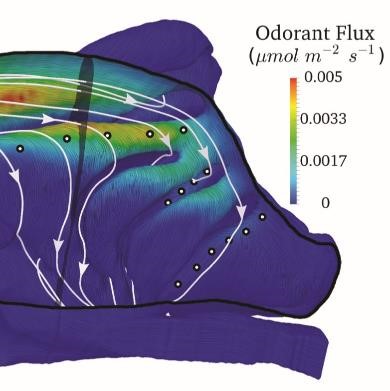
Friday Jan 05, 2018
Tests of the sorption and olfactory 'fovea' hypotheses in the mouse
Friday Jan 05, 2018
Friday Jan 05, 2018
What need could there be for either nearest-neighbor relationships or nonuniform distributions of receptor cells in the olfactory epithelium (OE)? In this podcast, Editor-in-Chief Bill Yates (University of Pittsburgh) talks with Professor David Coppola (Randolph-Macon College, Ashland, Virginia) about a recent article which provides a novel test of the longstanding “sorption hypothesis” and related "fovea hypothesis", which posit that physical properties of odors, such as volatility and water solubility, determine a spatial pattern of stimulation across the OE that could aid odor discrimination. Listen to learn about the empirical and computational methods used to test these hypotheses, and the results which partially undermined the hypotheses!
Tests of the sorption and olfactory "fovea" hypotheses in the mouse
David M. Coppola, Brittaney E. Ritchie, and Brent A. Craven
Journal of Neurophysiology, published online November 7, 2017. DOI: 10.1152/jn.00455.2017.
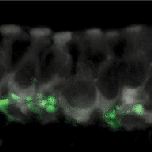
Monday Dec 11, 2017
Acetylcholine and the efferent vestibular system
Monday Dec 11, 2017
Monday Dec 11, 2017
The efferent vestibular system (EVS) has two effects on afferent activity: 1) increases background afferent discharge; and 2) decreases afferent sensitivity to rotational stimuli. What cellular mechanisms might contribute to these responses? In this podcast, Editor-in-Chief Bill Yates (University of Pittsburgh) talks with Lauren Poppi (University of Newcastle, Australia) and Alan Brichta (University of Newcastle, Australia) about their recent article in which they expore the hypothesis that "the reduction in afferent sensitivity was attributed, in part, to the activation of alpha9-containing nAChRs ( 9nAChRs) and small-conductance potassium channels (SK) in vestibular type II hair cells." Listen to learn about their methods, the results, and more!
ACh-induced hyperpolarization and decreased resistance in mammalian type II vestibular hair cells
Lauren Ashlee Poppi, Hessam Tabatabaee, Hannah Rose Drury, Phillip Jobling, Robert J Callister, Americo A. Migliaccio, Paivi M Jordan, Joseph Christopher Holt, Richard D Rabbitt, Rebecca Lim, and Alan Martin Brichta
Journal of Neurophysiology, published online November 14, 2017. DOI: 10.1152/jn.00030.2017.
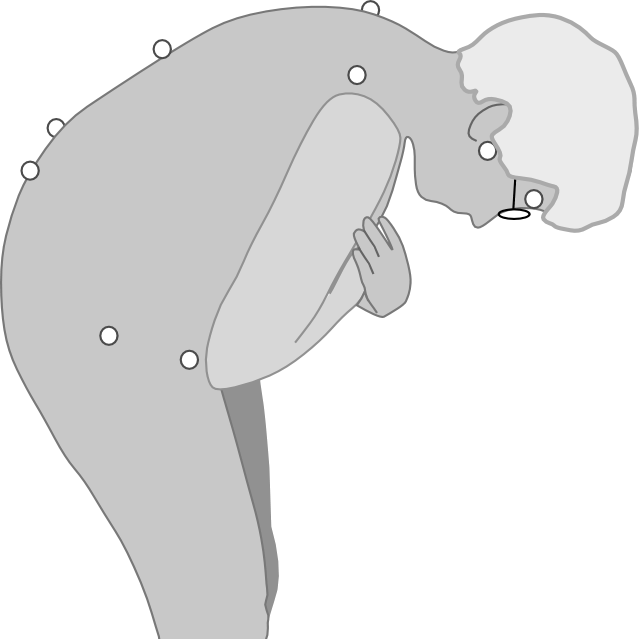
Wednesday Nov 22, 2017
A case study on camptocormia
Wednesday Nov 22, 2017
Wednesday Nov 22, 2017
Can studying an individual patient with camptocormia reveal new information about the neural control of balance and posture? In this podcast, Editor-in-Chief Bill Yates (University of Pittsburgh) talks with Rebecca St. George (University of Tasmania) and Fay Horak (Oregon Health and Science University) about the very first "Case Study in Neuroscience" article published in the Journal of Neurophysiology. The authors completed a wide variety of tests and found that "the disorder in this case was due to a disruption in the automatic, tonic drive to the postural muscles and myogenic changes were secondary," which demonstrates a divergence in the neural control of balance and posture.
Case Studies in Neuroscience: A Dissociation of Balance and Posture Demonstrated by Camptocormia
Rebecca J. St George, Victor S. Gurfinkel, Jeff Kraakevik, John G. Nutt, Fay B. Horak
Journal of Neurophysiology, published online October 4, 2017. DOI: 10.1152/jn.00582.2017.
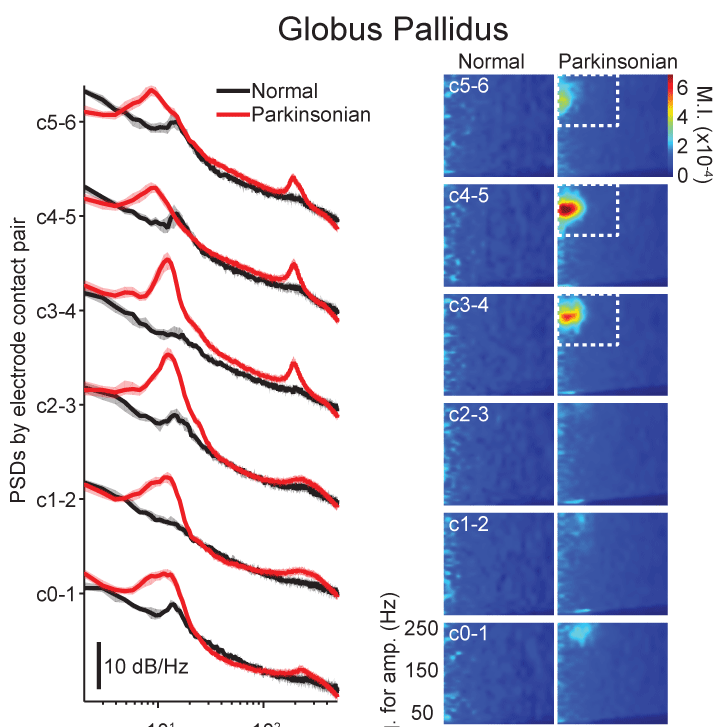
Thursday Nov 09, 2017
Neural oscillations and phase-amplitude coupling in Parkinson's disease
Thursday Nov 09, 2017
Thursday Nov 09, 2017
Oscillatory neural activity in different frequency bands and phase-amplitude coupling (PAC) are hypothesized to be biomarkers of Parkinson’s disease (PD). Might these activity features help explain PD motor dysfunction, and serve as viable targets for closed-loop deep brain stimulation (DBS)? In this podcast, Editor-in-Chief Bill Yates (University of Pittsburgh) talks with David Escobar Sanabria (Department of Neurology, University of Minnesota) and Luke Johnson (Department of Neurology, University of Minnesota) about a recent study which explored these questions. Their findings helped to characterize these biomarkers across various vigilance states, and to build a foundation for future therapeutic techniques.
Parkinsonism and vigilance: alteration in neural oscillatory activity and phase-amplitude coupling in the basal ganglia and motor cortex
David Escobar Sanabria, Luke A. Johnson, Shane D. Nebeck, Jianyu Zhang, Matthew D. Johnson, Kenneth B. Baker, Gregory F. Molnar, Jerrold L. Vitek
Journal of Neurophysiology, published online November 3, 2017. DOI: 10.1152/jn.00388.2017.

